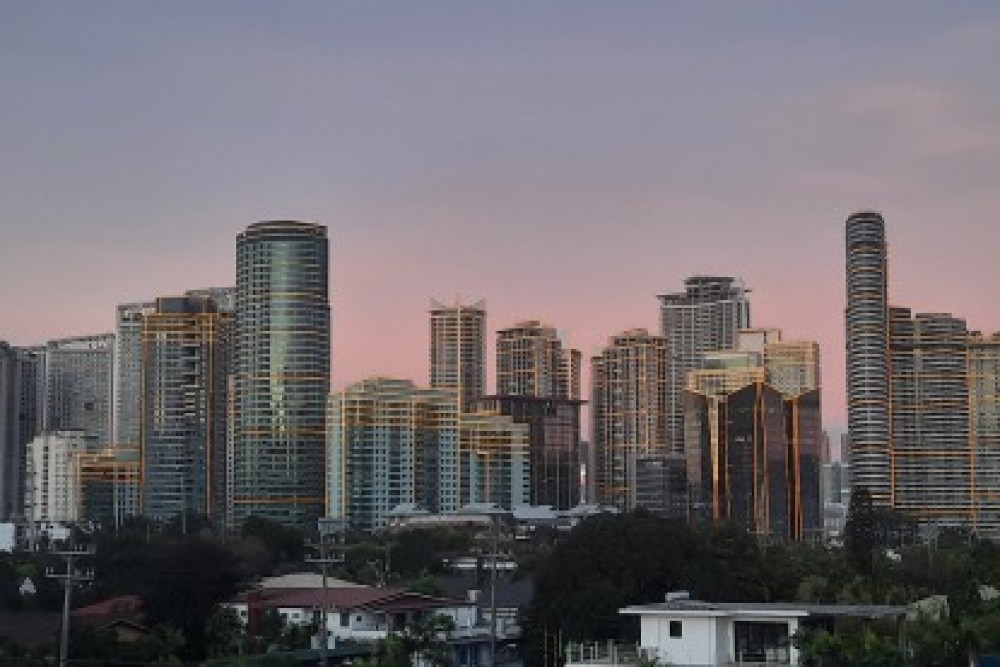Global management consulting firm McKinsey & Company sees Philippine gross domestic product (GDP) growing by 5 to 6 percent this year despite various global economic pressures.
It added that the Philippines ended 2023 as the fastest-growing economy across Southeast Asia, with a growth rate of 5.6 percent. This was driven by a resumption in commercial activities, increased public infrastructure spending, and growth in digital financial services.
“We assess there to be there are three potential scenarios for the country’s growth, within 5 to 6 percent of GDP”, said Jon Canto, managing partner at McKinsey Philippines.
The three scenarios projected are:
1. Slower growth - around 4.8 percent GDP growth under challenging conditions that could keep policy rates high and slow down private consumption, resulting in slower long-term growth.
2. Soft landing - around 5.2 percent GDP growth, with inflation moderating, and global conditions turning out to be largely favorable due to a stable investment environment and regional trade demand.
3. Accelerated growth - around 6.1 percent GDP growth as inflation slows, and public policies accommodate aspects such as loosening key policy rates and offering incentive programs to boost productivity.
Seven key sectors and themes are explored in the article, including financial services and energy, are featured with projections and growth drivers.
For financial services, the sector is expected to grow at about 5 percent in 2024, slightly lower than the approximately 7 percent growth in 2023. Financial inclusion, digital adoption, unsecured lending, and elevated interest rates are key trends to watch out for in the sector.
Unlocking growth could rely on supportive frameworks and environment to meet rising demand from the financially underserved, McKinsey & Company said.
For energy and power, the outlook for the sector is positive, with the potential to grow by 7 percent in 2024. Key focus areas include renewable energy, gas, and transmission infrastructure.
Upgrading the transmission grid to make it more flexible and better able to cope with the intermittent electricity supply can be critical as the sector pivots toward renewable energy. Positioning natural gas as a transition fuel could stimulate exploration and production investments. Lastly, the increasing momentum of green energy auctions could facilitate the development of renewables at scale.
“By focusing on initiatives that could unlock growth in these seven critical sectors and themes, while adapting to the macro-economic scenario that plays out, the Philippines could realize its potential in 2024 and take steps towards achieving longer-term sustainable and inclusive growth,” Canto said.


